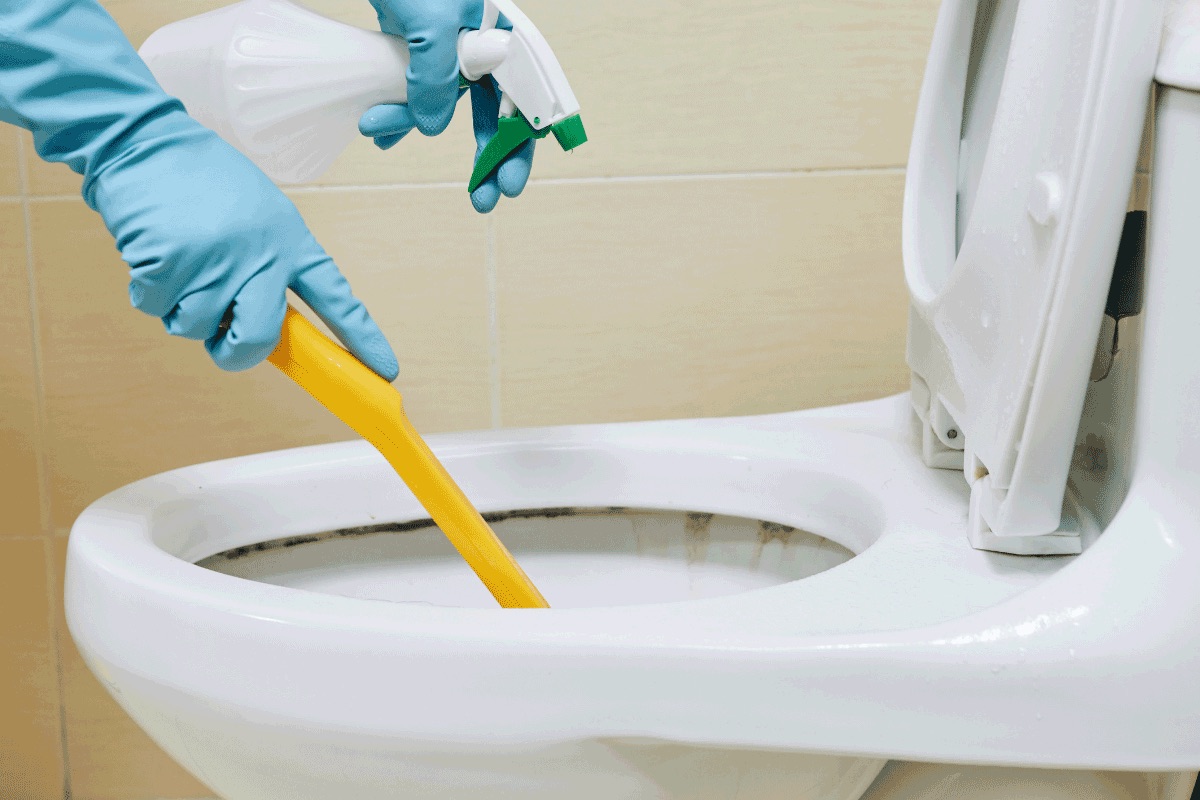

Articles
How To Clean Calcium Buildup In Toilet Bowl
Modified: October 19, 2024
Keep your toilet bowl sparkling clean with these helpful articles on how to effectively remove stubborn calcium buildup. Say goodbye to unsightly stains and enjoy a fresh and pristine bathroom.
(Many of the links in this article redirect to a specific reviewed product. Your purchase of these products through affiliate links helps to generate commission for Storables.com, at no extra cost. Learn more)
Introduction
Keeping a clean and hygienic toilet bowl is an essential part of maintaining a healthy home. However, over time, you may notice a stubborn buildup of calcium deposits in your toilet bowl. This can occur due to the presence of hard water, which contains high levels of minerals like calcium and magnesium.
Calcium buildup not only gives your toilet bowl an unsightly appearance but also contributes to the formation of stubborn stains and unpleasant odors. If left untreated, it can even lead to clogging or inefficient flushing. Fortunately, there are effective methods to remove calcium buildup and restore the shine to your toilet bowl.
In this article, we will explore the causes of calcium buildup in your toilet bowl and provide a step-by-step guide on how to remove it effectively. We will also discuss alternative cleaning methods and offer tips on preventing calcium buildup in the future.
So, whether you’re dealing with minor calcium stains or a severe buildup, read on to discover the best solutions for a sparkling clean toilet bowl.
Key Takeaways:
- Say goodbye to stubborn calcium buildup in your toilet bowl by using natural cleaning agents like vinegar and baking soda. Follow our step-by-step guide for a sparkling clean result.
- Prevent future calcium buildup by installing a water softener, using limescale prevention products, and establishing a regular cleaning schedule. Keep your toilet bowl fresh and pristine with these simple tips.
Read more: How To Remove Calcium Buildup In Toilet Bowl
Understanding Calcium Buildup in Toilet Bowl
Before we delve into the cleaning methods, it’s important to understand the nature of calcium buildup in your toilet bowl. Calcium deposits, also known as limescale, are formed when hard water evaporates, leaving behind mineral residue.
Hard water is characterized by high concentrations of minerals, such as calcium and magnesium. When hard water comes into contact with surfaces, like the inside of a toilet bowl, it can leave behind these mineral deposits. Over time, these deposits can accumulate and harden, resulting in stubborn stains and buildup.
The severity of calcium buildup depends on the mineral content of your water supply. Areas with high levels of mineral-rich water are more prone to calcium buildup compared to areas with soft water. Additionally, factors such as temperature, pH level, and water usage can also contribute to the formation of calcium deposits.
Calcium buildup not only affects the appearance of your toilet bowl but can also impact its functionality. Excessive buildup can restrict the flow of water, leading to inefficient flushing and potential clogs.
Now that you have a better understanding of calcium buildup, let’s move on to the items you’ll need to effectively remove it from your toilet bowl.
Items Needed for Cleaning Calcium Buildup
To successfully remove calcium buildup from your toilet bowl, you’ll need a few essential items. These items are readily available and will make the cleaning process much more effective. Here’s a list of the items you’ll need:
- Vinegar – Vinegar is a natural cleaning agent that helps dissolve calcium deposits. Opt for white distilled vinegar for best results.
- Baking Soda – Baking soda is another powerful cleaning agent that can help break down stubborn stains and odors.
- Toilet Brush – A toilet brush with sturdy bristles will help scrub away the calcium deposits effectively.
- Gloves – It’s important to protect your hands while cleaning, so make sure to have a pair of gloves.
- Soft Cloth or Sponge – A soft cloth or sponge will be useful for wiping down the toilet bowl and removing any remaining residue.
- Bucket – A bucket will come in handy for diluting cleaning solutions and for rinsing the toilet bowl.
- Toilet Bowl Cleaner (optional) – If you prefer to use a commercial toilet bowl cleaner, choose one that is specifically formulated to remove calcium deposits.
Having these items prepared before you start cleaning will ensure you have everything you need within reach and make the process more efficient.
Now that you have your cleaning supplies ready, let’s move on to the step-by-step instructions for removing calcium buildup from your toilet bowl.
Step-by-Step Instructions
Follow these step-by-step instructions to effectively clean calcium buildup from your toilet bowl:
- Start by putting on your gloves to protect your hands from any chemicals or bacteria.
- Pour a generous amount of vinegar into the toilet bowl, making sure to cover the areas with the most calcium buildup. Leave the vinegar to sit for about 30 minutes to an hour. Vinegar acts as a natural acid that will help dissolve the calcium deposits.
- While the vinegar is working its magic, sprinkle baking soda all around the inside of the toilet bowl. Baking soda is an excellent abrasive cleaner that will help remove stubborn stains and odors.
- Using a toilet brush, begin scrubbing the inside of the toilet bowl, focusing on the areas with the most calcium buildup. Make sure to scrub thoroughly to loosen and remove the deposits. The combination of vinegar and baking soda will create a foaming reaction that aids in the cleaning process.
- Let the vinegar and baking soda mixture sit for another 15-30 minutes to allow the solution to penetrate the stubborn calcium deposits.
- After the designated time, scrub the toilet bowl once again, paying attention to any remaining stains or deposits. Use the toilet brush to reach under the rim and in the crevices of the toilet bowl.
- Finally, flush the toilet to rinse away the loosened calcium deposits. If necessary, repeat the process for more stubborn buildup.
- Once the toilet bowl is thoroughly rinsed, use a soft cloth or sponge to wipe down the entire surface. This will remove any remaining residue and leave your toilet bowl sparkling clean.
Following these simple steps will help you effectively remove calcium buildup from your toilet bowl. However, if you prefer alternative cleaning methods, continue reading to explore other options.
Use a mixture of vinegar and baking soda to clean calcium buildup in the toilet bowl. Let it sit for a few hours or overnight before scrubbing with a toilet brush.
Alternative Cleaning Methods
While vinegar and baking soda are highly effective for removing calcium buildup from toilet bowls, there are alternative cleaning methods you can try. These methods may be useful if you don’t have vinegar or baking soda on hand or if you prefer different cleaning agents. Here are a few alternatives:
- Lemon Juice: Lemon juice contains citric acid, which can help break down calcium deposits. Squeeze fresh lemon juice into the toilet bowl and let it sit for about 30 minutes. Scrub with a toilet brush and flush to rinse.
- Coca-Cola: The carbonation and acidity in Coca-Cola can help dissolve calcium deposits. Pour a can of Coca-Cola into the toilet bowl and let it sit overnight. Scrub and flush the next morning.
- Denture Cleaning Tablets: Drop a couple of denture cleaning tablets into the toilet bowl and let them dissolve. The effervescent action will help break down the calcium deposits. Scrub and flush as usual.
- Commercial Toilet Bowl Cleaners: There are several commercial toilet bowl cleaners available that are specifically formulated to remove calcium deposits. Read the instructions carefully and follow the recommended usage guidelines.
Remember to always follow safety precautions when using cleaning agents and wear gloves to protect your hands.
Now that you are armed with alternative cleaning methods, let’s move on to preventative measures to help reduce calcium buildup in the future.
Read more: How To Remove Buildup In Toilet Bowl
Preventing Calcium Buildup in the Future
Prevention is key when it comes to minimizing and reducing calcium buildup in your toilet bowl. By taking a few simple steps, you can keep your toilet bowl clean and free from unsightly deposits. Here are some preventative measures to consider:
- Install a Water Softener: A water softener is a device that removes mineral ions from hard water, preventing the formation of calcium deposits. Consider installing a water softener in your home to reduce the mineral content in your water supply.
- Use a Limescale Prevention Product: There are various limescale prevention products available that can be added to your toilet tank. These products help reduce the accumulation of calcium and other minerals, preventing the formation of stubborn deposits.
- Regular Cleaning Schedule: Establish a regular cleaning schedule for your toilet bowl to prevent calcium buildup. Regularly scrubbing the toilet bowl with a mild cleaner will help remove any mineral residue before it has a chance to harden.
- Flush Regularly: Flushing your toilet regularly can help prevent the buildup of minerals and keep the water flowing freely. Make it a habit to flush after each use, and consider double-flushing if necessary.
- Use a Toilet Brush: Invest in a good-quality toilet brush and use it regularly to scrub the inside of the toilet bowl. The mechanical action of brushing will help remove any mineral deposits before they become a problem.
By following these preventative measures, you can significantly reduce the occurrence of calcium buildup in your toilet bowl and maintain a clean and hygienic bathroom environment.
Now that you have learned about preventing calcium buildup, let’s wrap up this article.
Conclusion
Dealing with calcium buildup in your toilet bowl can be a frustrating and unsightly issue. However, by understanding the causes of calcium buildup and following the right cleaning methods, you can effectively remove the deposits and restore your toilet bowl to its sparkling clean state.
Vinegar and baking soda are powerful and natural cleaning agents that can help dissolve calcium deposits. These items, along with a toilet brush and gloves, are essential for the cleaning process. Alternatively, you can explore other options such as lemon juice, Coca-Cola, denture cleaning tablets, or commercial toilet bowl cleaners.
Prevention is the best approach to avoid future calcium buildup. Consider installing a water softener, using limescale prevention products, establishing a regular cleaning schedule, flushing regularly, and using a toilet brush to keep your toilet bowl free from stubborn deposits.
Remember, a clean and hygienic toilet bowl is not only visually pleasing but also contributes to a healthy home environment. By incorporating these cleaning and prevention methods into your routine, you can eliminate calcium buildup and maintain a fresh and pristine toilet bowl.
Now it’s time to apply these tips and enjoy a sparkling clean toilet bowl that adds a sense of cleanliness and freshness to your bathroom.
Now that you've tackled calcium buildup in your toilet bowl, why not give your oven a similar refresh? Discover our favorite oven cleaning hacks for a spotless finish that makes your appliance look as good as new. With simple, effective techniques, these hacks will save you time and elbow grease, ensuring your kitchen shines. Don't let dirt and grime settle; learn how to maintain your appliances with ease and confidence.
Frequently Asked Questions about How To Clean Calcium Buildup In Toilet Bowl
Was this page helpful?
At Storables.com, we guarantee accurate and reliable information. Our content, validated by Expert Board Contributors, is crafted following stringent Editorial Policies. We're committed to providing you with well-researched, expert-backed insights for all your informational needs.
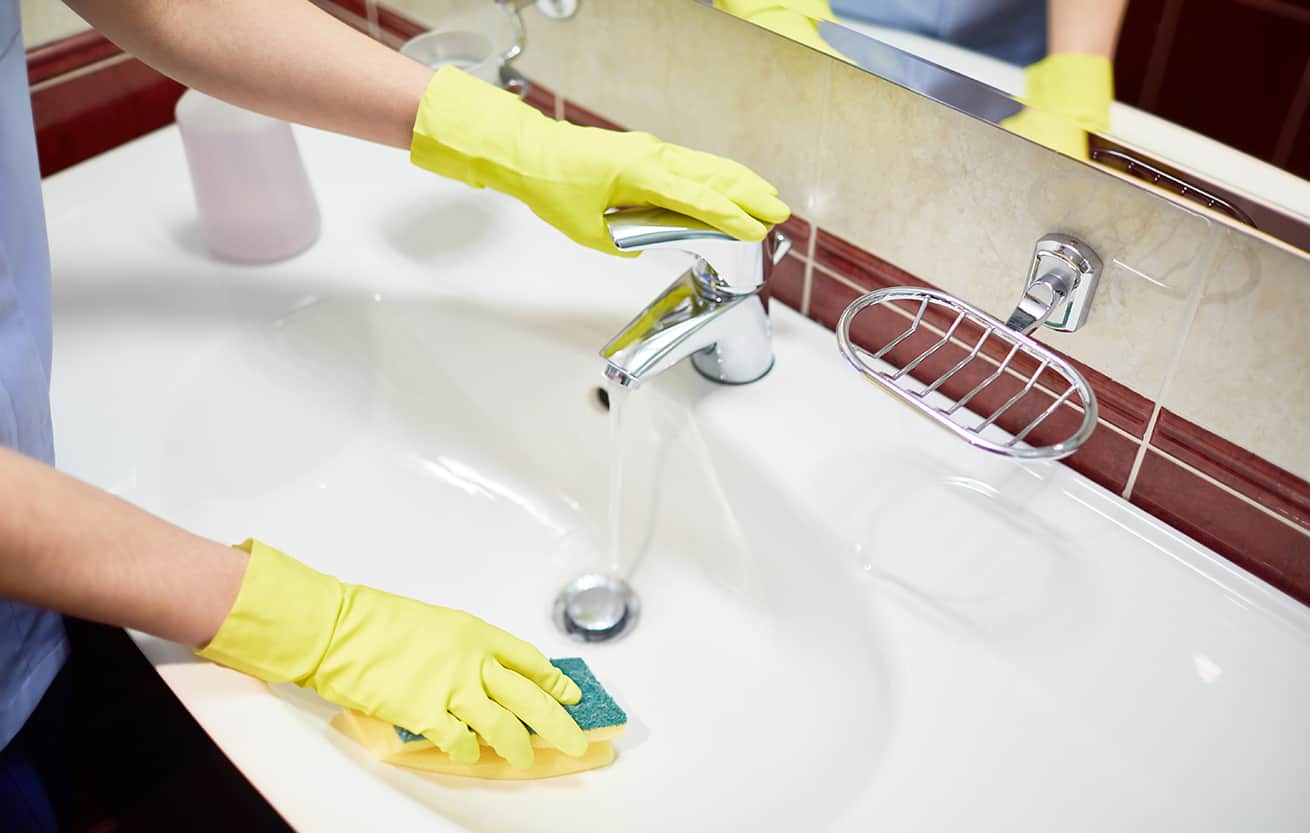
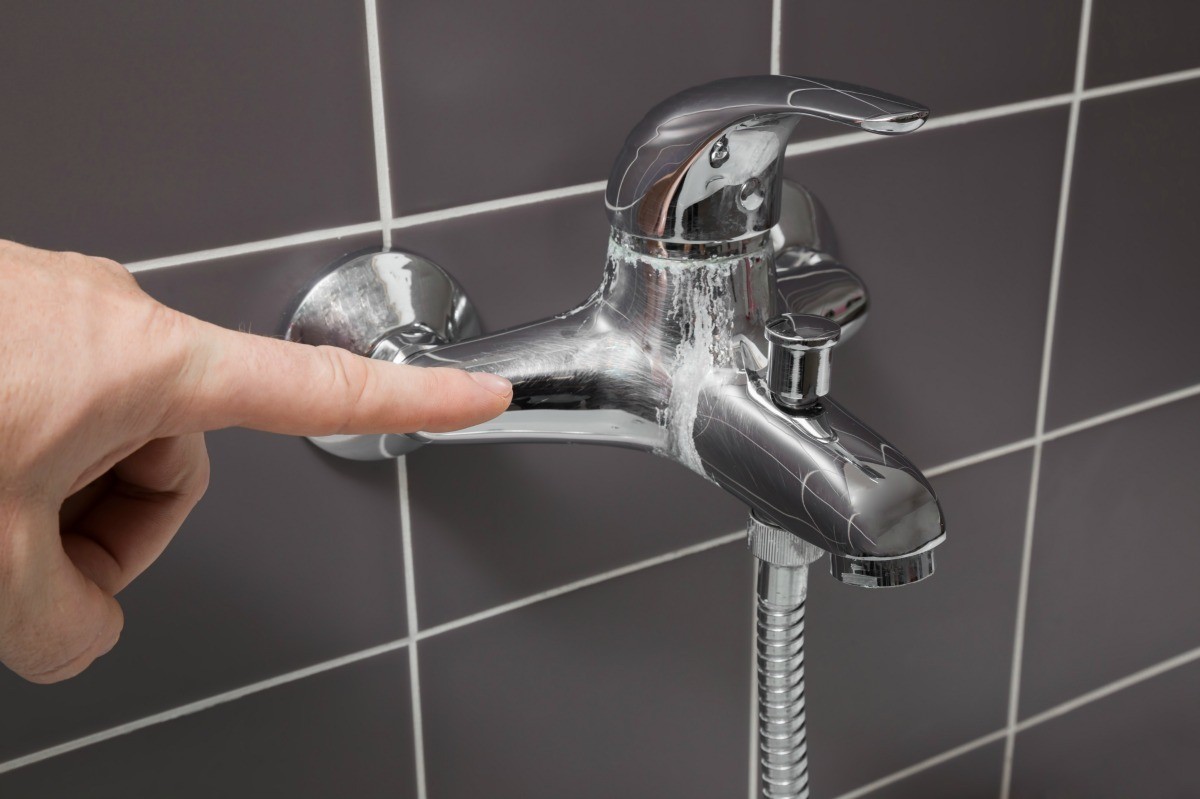
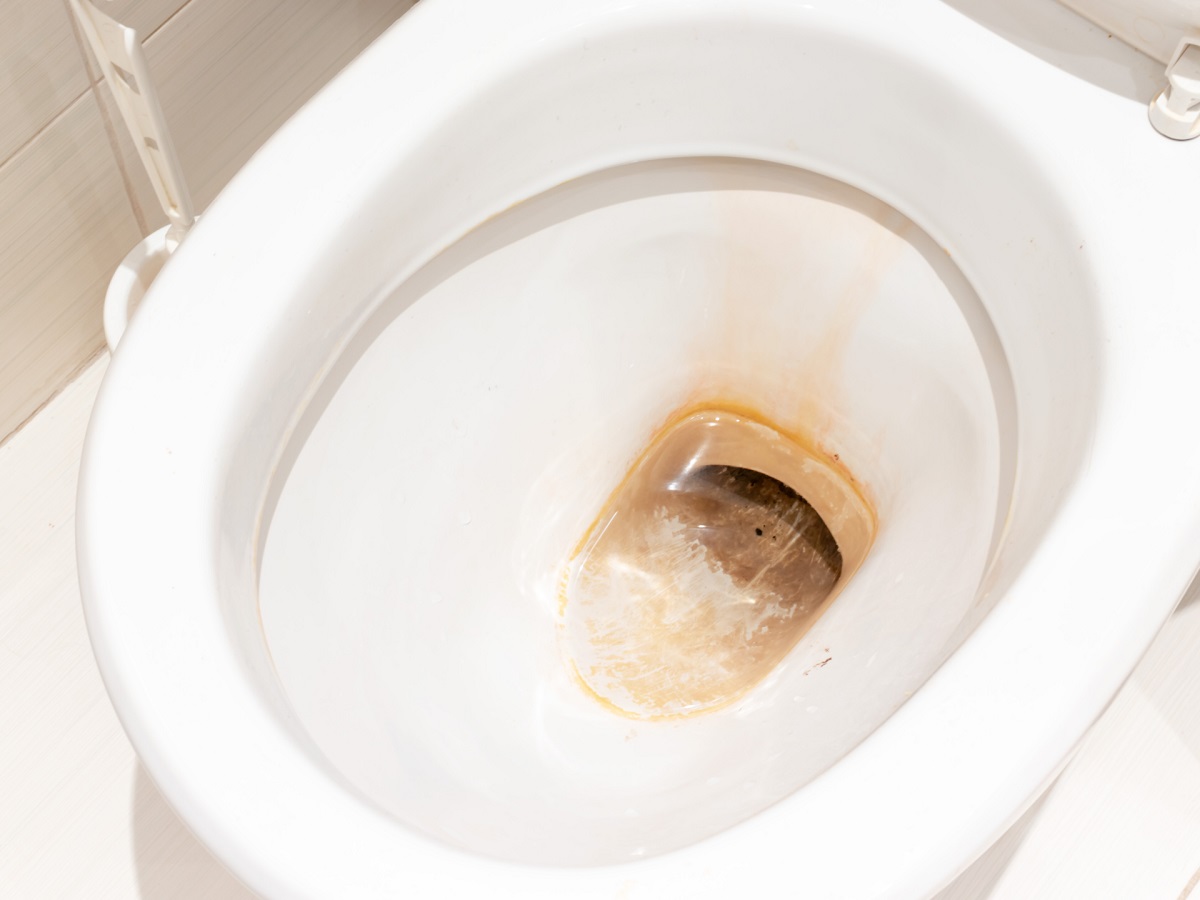
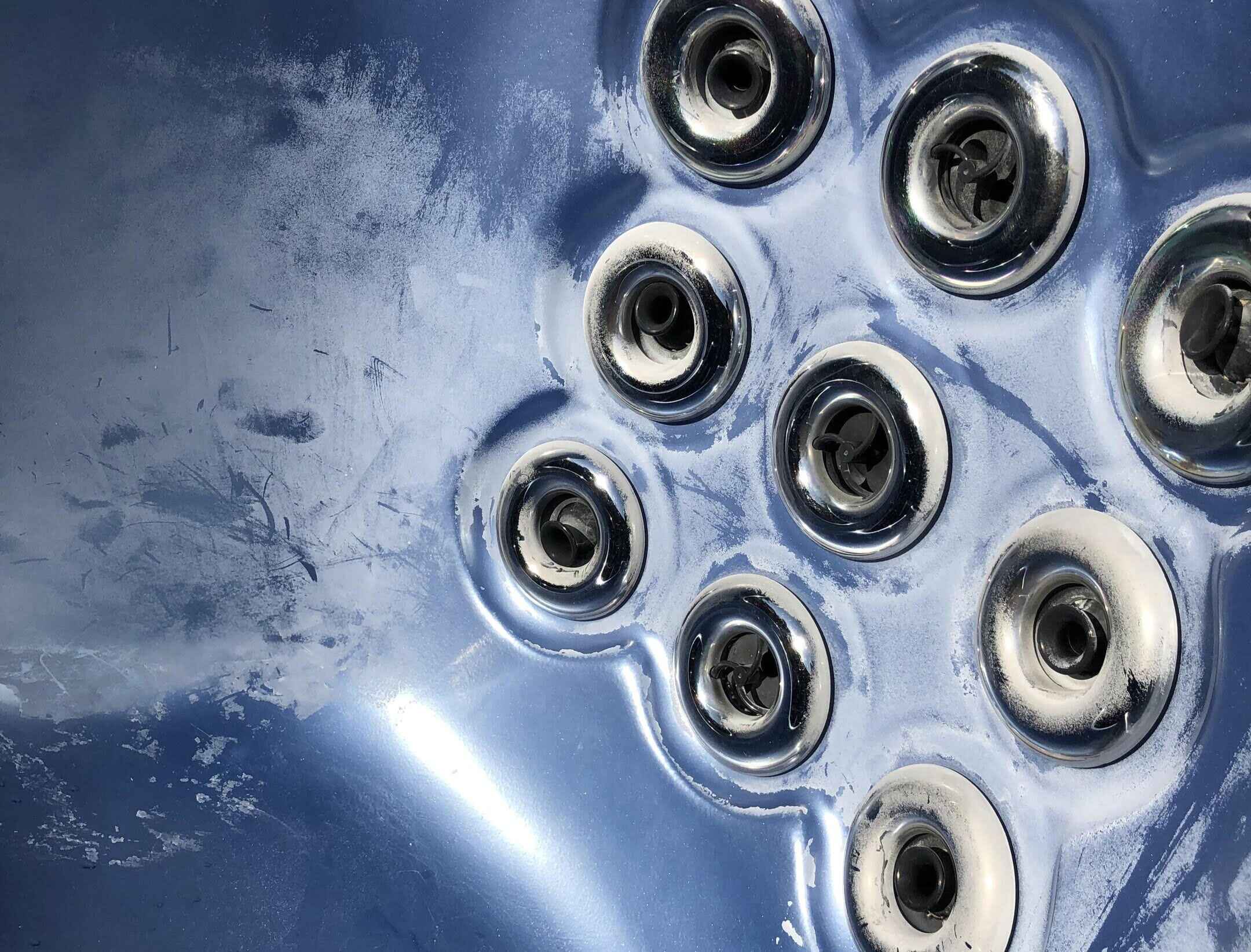
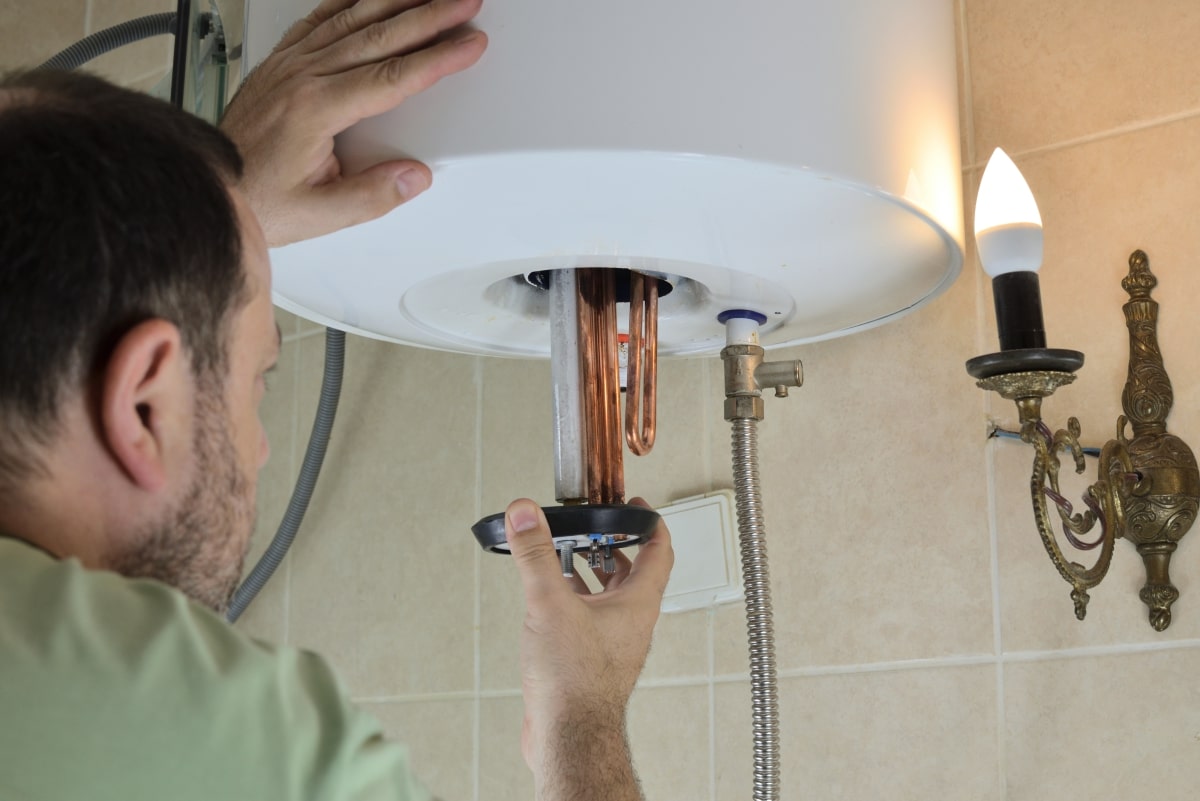
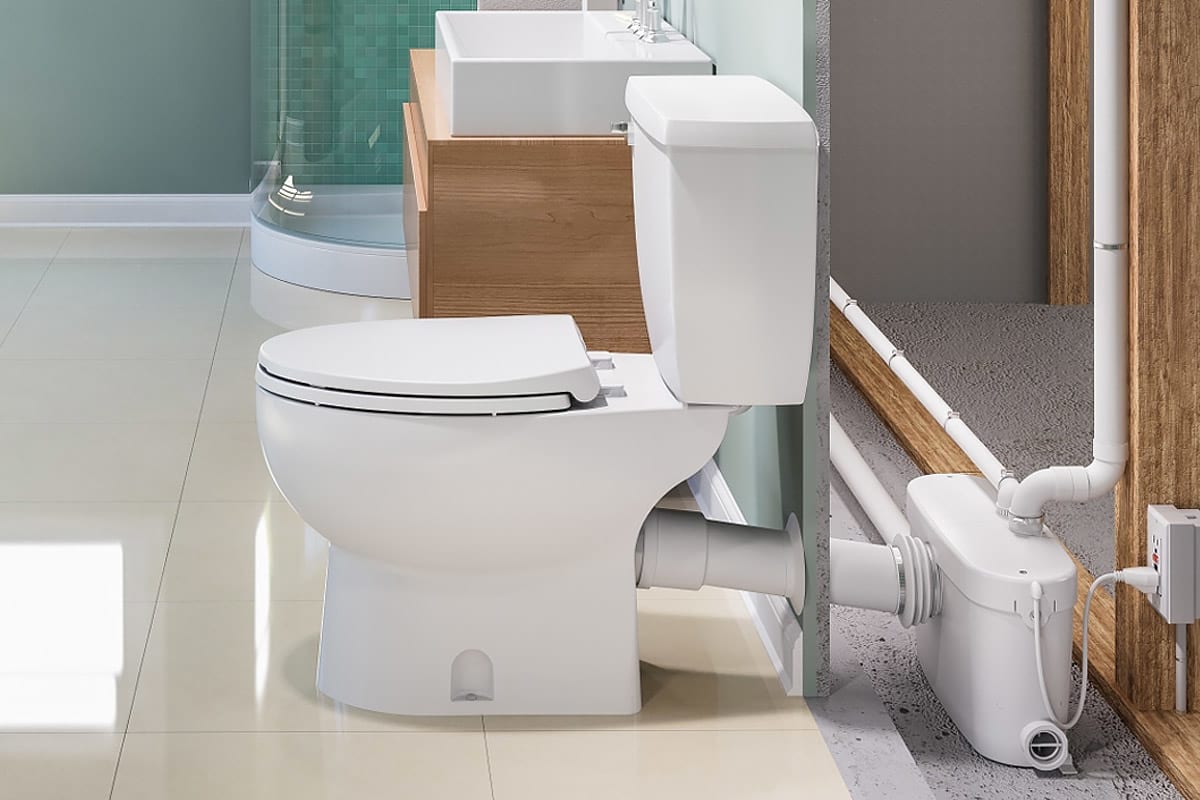
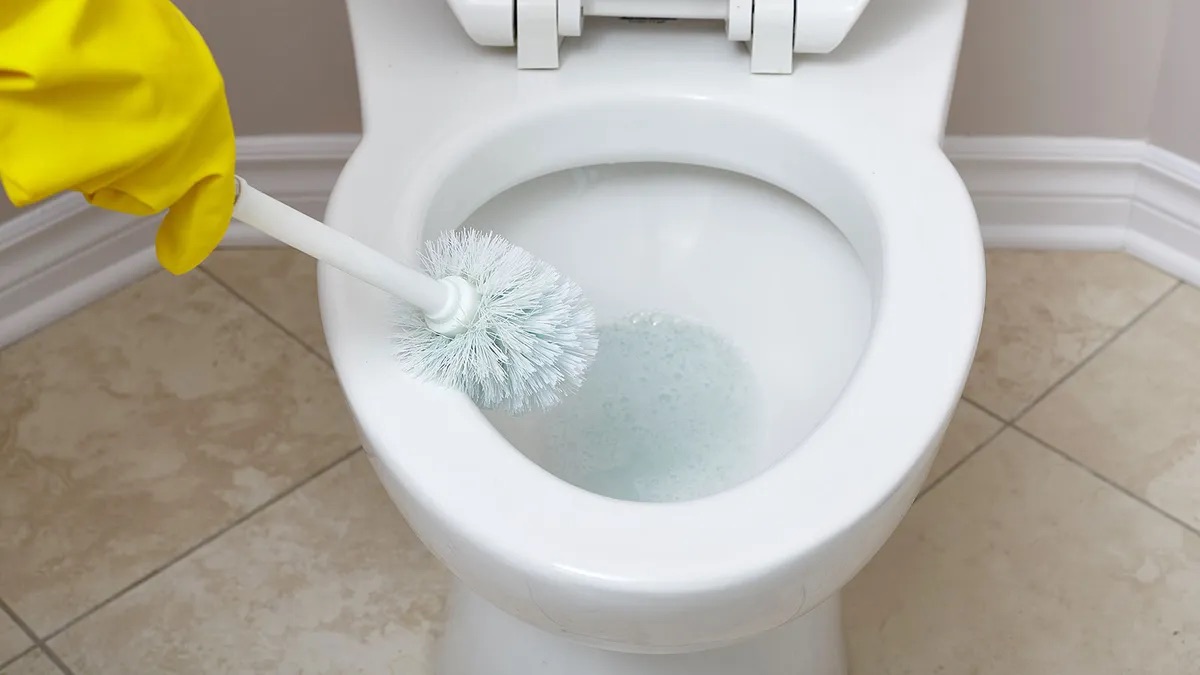
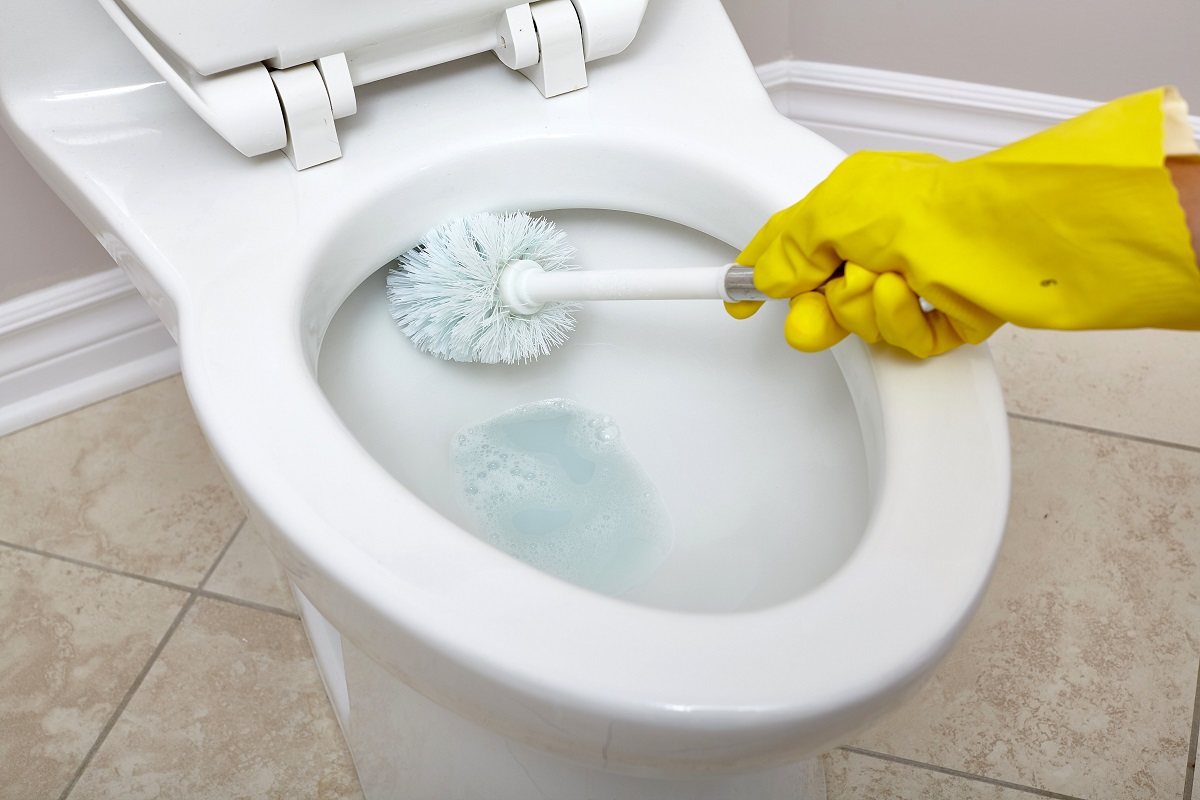
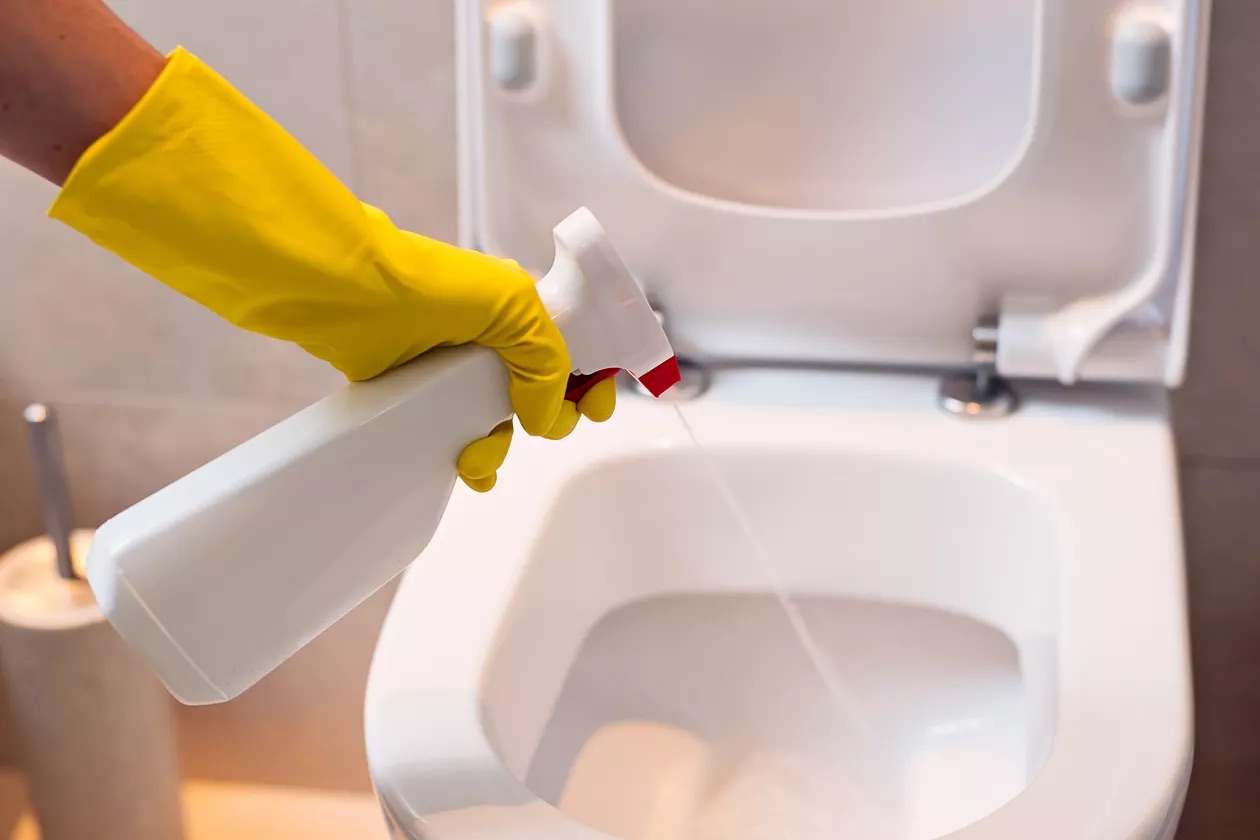
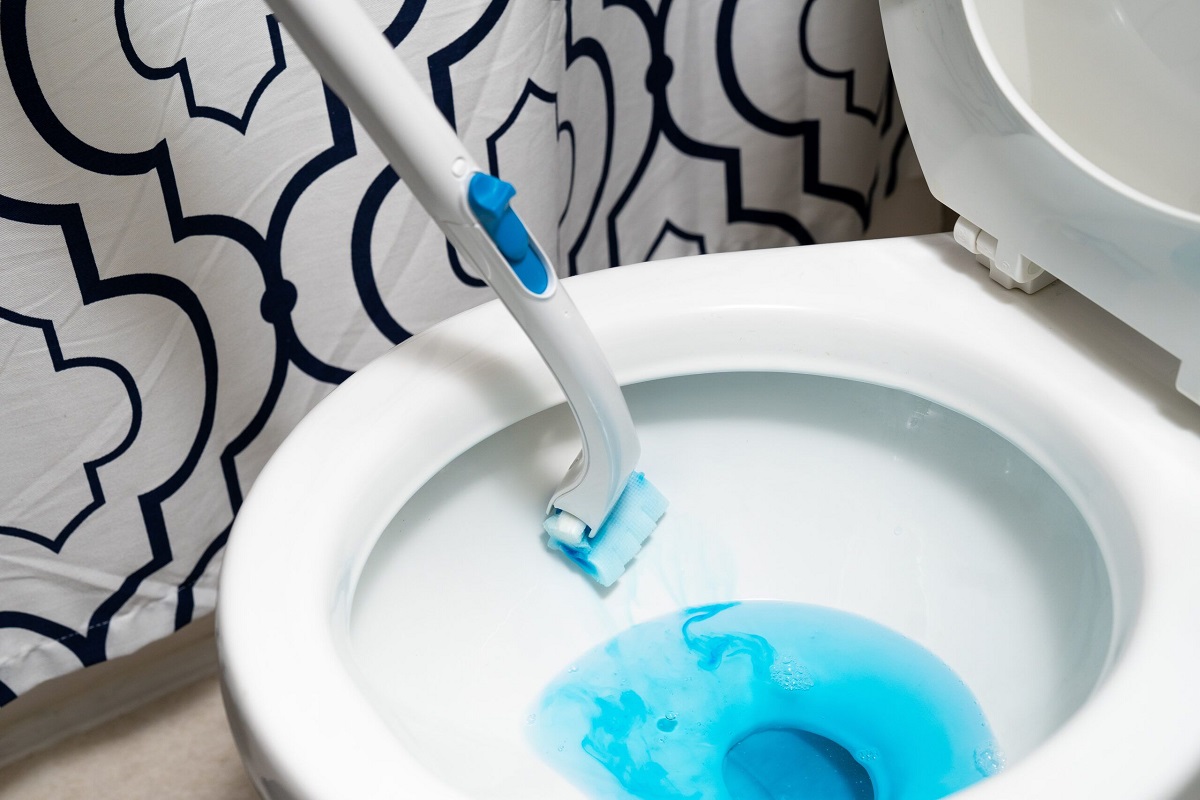
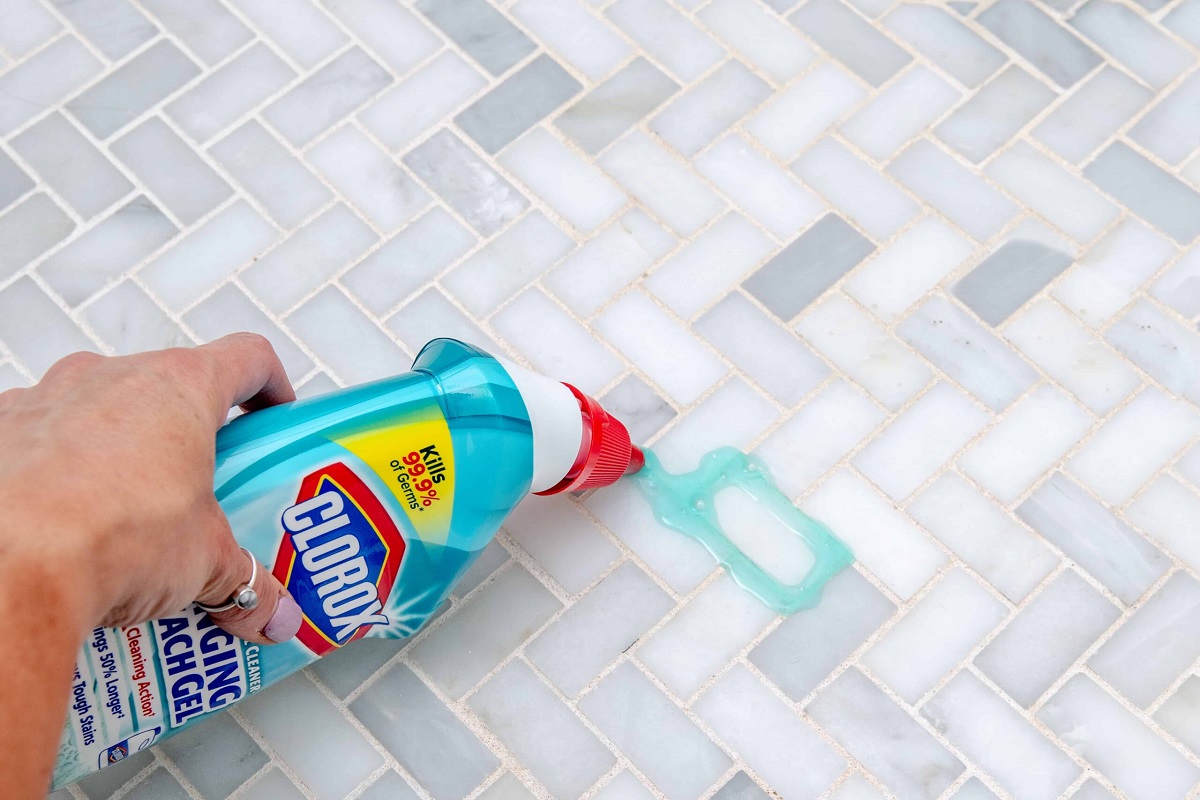

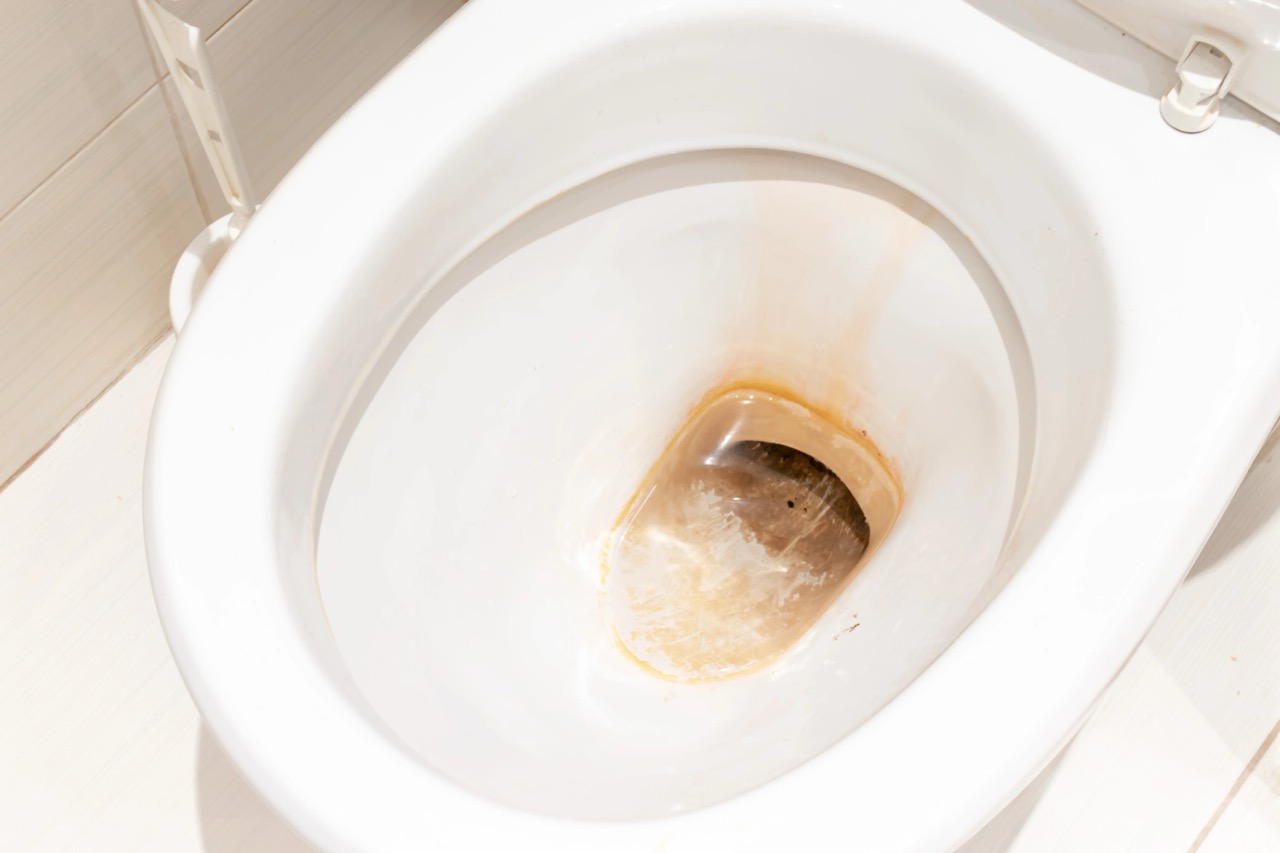
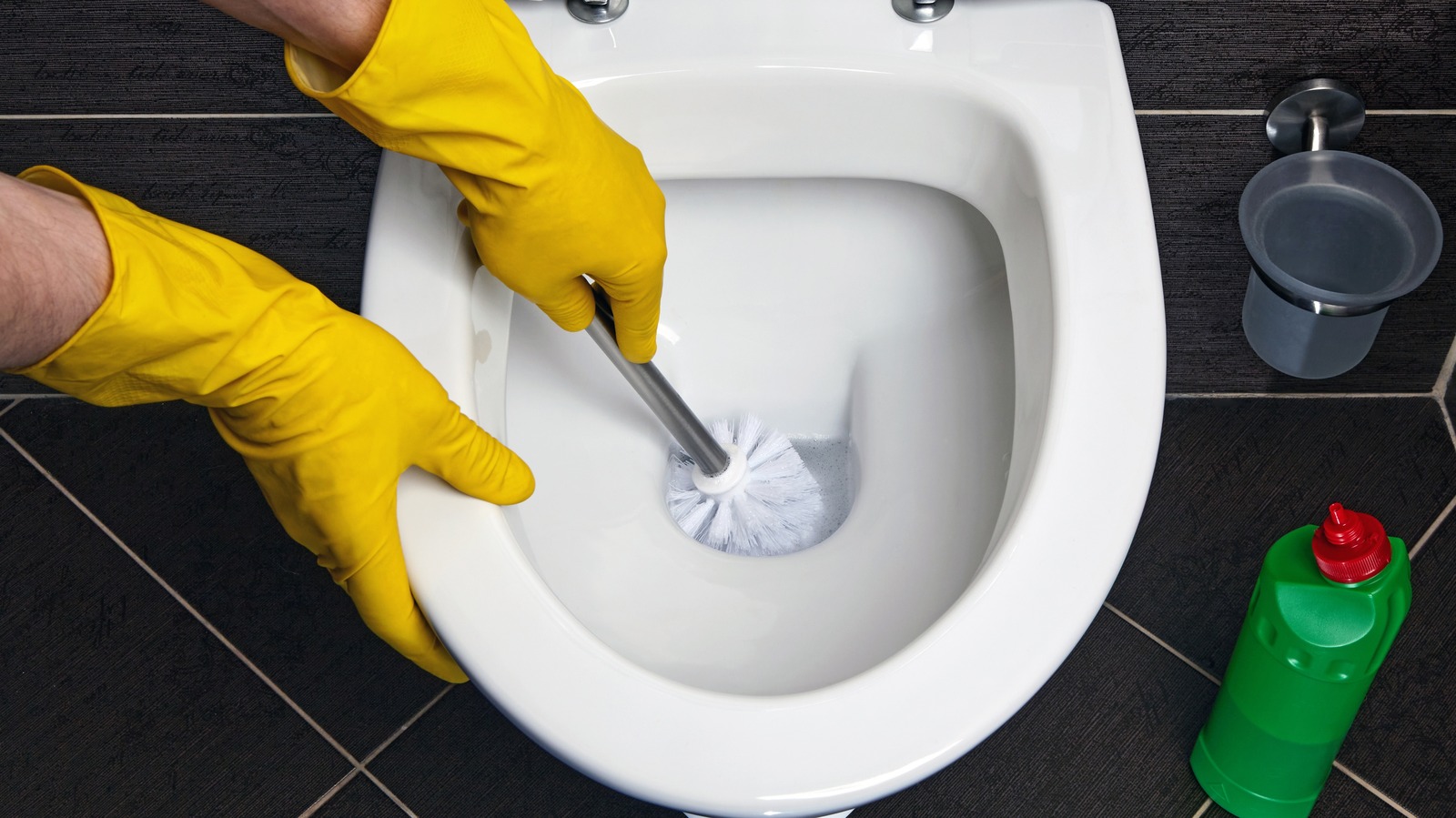

0 thoughts on “How To Clean Calcium Buildup In Toilet Bowl”